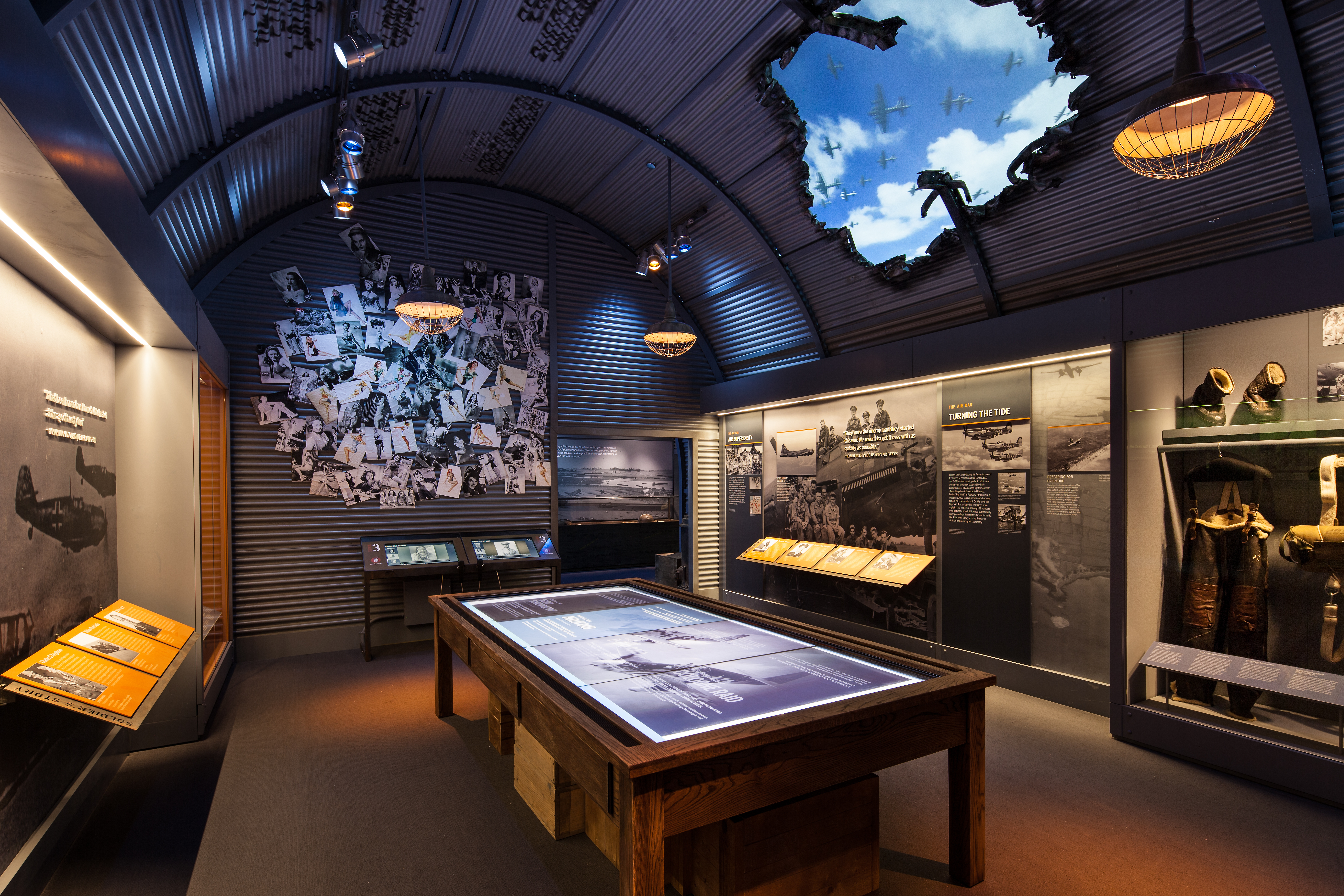During World
War II, New Orleans was home to the construction of the “Higgins Boat,” the
amphibious landing craft used by the Allies in the European and Pacific
theaters. Designed by boat-builder Andrew Higgins at his company’s headquarters
in New Orleans, the boat safely ferried soldiers from offshore vessels to their
landing sites in Normandy, Italy, Iwo Jima, Okinawa, and elsewhere. Thanks to
the efforts of Stephen Ambrose, a University of New Orleans history professor
and author of popular histories of World War II like D-Day and Band of Brothers, the
D-Day Museum opened on June 6, 2000. While initially designed to honor the
Normandy landings and the legacy of the Higgins Boat, the museum expanded its
focus to include the whole of American involvement in World War II and soon
changed its name to the National World War II Museum.
Since its
opening in 2000, the World War II Museum has become a popular tourist
attraction with almost seven hundred thousand visitors in 2016. The original
heart of the museum is the Louisiana Memorial Pavilion, which tells the story
of the invasions of Normandy, Iwo Jima, and the other dozens of amphibious
landings of World War II.
 |
| A Higgins Boat on display |
Thanks to its growing popularity
and an aggressive fundraising effort, the World War II Museum has undergone
significant expansion since its opening. In 2009, the museum opened the Solomon
Victory Theater, Stage Door Canteen, and American Sector restaurant. The
Solomon Victory Theater also has daily showings of the museum’s awarding
winning film, Beyond All Boundaries. Narrated
by Tom Hanks, the film is a 4D exploration of World War II. Additionally, the
museum hosts numerous celebrations, events, and lectures from curators and
other museum employees. The Stage Door Canteen is decorated in the style of a 1940s
dance hall and features performances by local musical groups that play jazz,
swing, and other World War 2 era music.
 |
| The Solomon Victory Theater |
In 2011, the John E. Kushner
Restoration Pavilion opened. It currently houses a patrol-torpedo boat, PT-305,
as well as other large-scale artifacts.
 |
| The pre-restoration PT-305 |
The US Freedom Pavilion: The Boeing
Center, opened in 2013, features a number of World War II-era aircraft
including a B-17E Flying Fortress bomber, a B-25J Mitchell bomber, an SBD-3
Dauntless, a TBF Avenger, a P-51C Mustang, and a Corsair F4U-4.
| A B-17 bomber |
The Campaigns of Courage Pavilion
has exhibitions dedicated to each major theater of the war. The Road to Berlin
opened in December 2014 followed by the Road to Tokyo in 2015. The final phase
of the expansion will be the Liberation Pavilion, dedicated to exploring the
legacy of World War II.
 |
| The Road to Berlin |
As a result of all of the
expansions since its opening, the Museum now has five different buildings all
adjacent to one another between Camp and Magazine Streets. Located in the
Central Business District, the World War II museum is a bit of a walk from the
French Quarter, so we’d recommend driving or taking public transportation. If
you’re coming to New Orleans, be prepared to spend a few hours there. The Museum
has something for everyone—including a full-service restaurant because it’s New
Orleans—and it’s well worth your time honoring and remembering those who fought
to defend the U.S. and the world from tyranny.

No comments:
Post a Comment